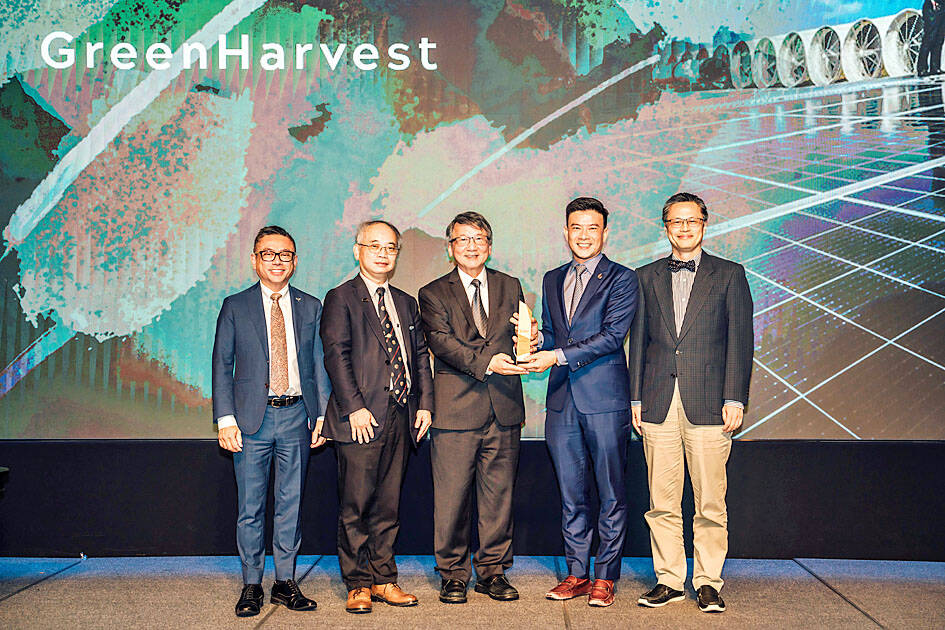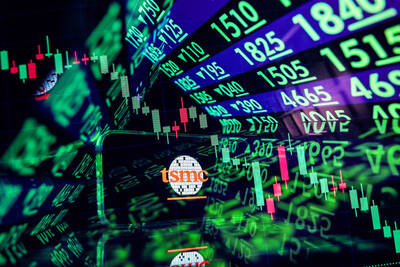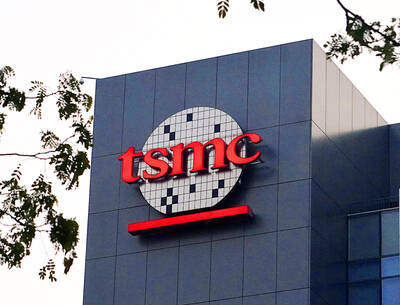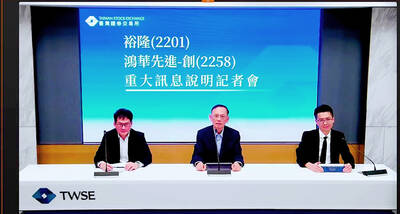On September 10, 2024, GreenHarvest was honored with the Australia-Taiwan Partnership Award at the 19th Annual ANZCham Business Awards, held at the Shangri-La’s Far Eastern Plaza Hotel in Taipei. This prestigious recognition not only highlights GreenHarvest’s steadfast commitment to fostering business ties between Australia and Taiwan, but also acknowledges the company’s significant contributions to the sustainable energy sector.
Since its inception, GreenHarvest has been at the forefront of promoting renewable energy development. Driven by its core values of innovation, collaboration, and sustainability, the company aims to establish itself as a one-stop service provider for RE100 solutions, empowering the Taiwanese government and local businesses to achieve their green transition goals and play a pivotal role in the global energy transformation. With an impressive portfolio of over 300 MW of installed solar capacity, GreenHarvest is on track to introduce more than 200 million kWh of green energy into the market annually.

Photo provided by GreenHarvest
THE ORIGINS OF THE GREEN HYDROGEN PROJECT
Since 2020, GreenHarvest has actively engaged in renewable energy trading, supplying renewable electricity to over 130 locations. Last year, the company partnered with the governments of Tainan City and Chiayi County to launch a renewable energy supply platform aimed at enhancing local businesses’ access to renewable electricity. Through in-depth research, GreenHarvest has identified green hydrogen as a crucial component in achieving 100% renewable electricity penetration in the future.
AUSTRALIA’S GREEN HYDROGEN ADVANTAGE

Photo provided by GreenHarvest
In its pursuit of green hydrogen solutions, GreenHarvest participated in the Taiwan-Australia Joint Energy and Minerals, Trade and Investment Cooperation Consultations, uncovering Australia’s substantial advantages in green hydrogen production. With a land area 130 times that of Taiwan, Australia boasts vast expanses of affordable land and abundant sunlight, resulting in some of the lowest solar power generation costs globally. The cost of renewable electricity in Australia is less than NT$1 per kilowatt-hour, approximately one-fifth of Taiwan’s renewable electricity purchase price. Recent government initiatives, including renewable energy and green hydrogen subsidy programs, have further solidified GreenHarvest’s confidence in investing in Australia’s green hydrogen sector.
INTERNATIONAL COLLABORATION
GreenHarvest prioritizes Australia as a strategic partner. With active support from both the Taiwanese and Australian governments, and after multiple evaluations over a period of a year and a half, GreenHarvest signed an exclusive cooperation agreement in May with Australia’s H2U for a large-scale green hydrogen project. This collaboration will leverage Taiwan’s semiconductor expertise in water resource management and encourage Taiwanese companies to engage in hydrogen production through water electrolysis. Additionally, GreenHarvest plans to offer renewable energy forecasting and power dispatch technologies to optimize the green hydrogen production process, further enhancing the strategic partnership in sustainable energy between Taiwan and Australia.
LOOKING AHEAD: A COMMITMENT TO SUSTAINABLE ENERGY
This award not only highlights GreenHarvest’s achievements in the green hydrogen sector but also underscores the importance of international collaboration in addressing global energy challenges. GreenHarvest looks forward to continuing its mission of promoting sustainable energy solutions while further strengthening the cooperative relationship between Taiwan and Australia.
Chairman KH Chen stated, “This award is a testament to our team’s relentless dedication and innovation. We remain committed to advancing hydrogen energy technology and contributing to the global energy transition.”

Taiwan Semiconductor Manufacturing Co (TSMC, 台積電) last week recorded an increase in the number of shareholders to the highest in almost eight months, despite its share price falling 3.38 percent from the previous week, Taiwan Stock Exchange data released on Saturday showed. As of Friday, TSMC had 1.88 million shareholders, the most since the week of April 25 and an increase of 31,870 from the previous week, the data showed. The number of shareholders jumped despite a drop of NT$50 (US$1.59), or 3.38 percent, in TSMC’s share price from a week earlier to NT$1,430, as investors took profits from their earlier gains

In a high-security Shenzhen laboratory, Chinese scientists have built what Washington has spent years trying to prevent: a prototype of a machine capable of producing the cutting-edge semiconductor chips that power artificial intelligence (AI), smartphones and weapons central to Western military dominance, Reuters has learned. Completed early this year and undergoing testing, the prototype fills nearly an entire factory floor. It was built by a team of former engineers from Dutch semiconductor giant ASML who reverse-engineered the company’s extreme ultraviolet lithography (EUV) machines, according to two people with knowledge of the project. EUV machines sit at the heart of a technological Cold

Taiwan’s long-term economic competitiveness will hinge not only on national champions like Taiwan Semiconductor Manufacturing Co. (TSMC, 台積電) but also on the widespread adoption of artificial intelligence (AI) and other emerging technologies, a US-based scholar has said. At a lecture in Taipei on Tuesday, Jeffrey Ding, assistant professor of political science at the George Washington University and author of "Technology and the Rise of Great Powers," argued that historical experience shows that general-purpose technologies (GPTs) — such as electricity, computers and now AI — shape long-term economic advantages through their diffusion across the broader economy. "What really matters is not who pioneers

TAIWAN VALUE CHAIN: Foxtron is to fully own Luxgen following the transaction and it plans to launch a new electric model, the Foxtron Bria, in Taiwan next year Yulon Motor Co (裕隆汽車) yesterday said that its board of directors approved the disposal of its electric vehicle (EV) unit, Luxgen Motor Co (納智捷汽車), to Foxtron Vehicle Technologies Co (鴻華先進) for NT$787.6 million (US$24.98 million). Foxtron, a half-half joint venture between Yulon affiliate Hua-Chuang Automobile Information Technical Center Co (華創車電) and Hon Hai Precision Industry Co (鴻海精密), expects to wrap up the deal in the first quarter of next year. Foxtron would fully own Luxgen following the transaction, including five car distributing companies, outlets and all employees. The deal is subject to the approval of the Fair Trade Commission, Foxtron said. “Foxtron will be